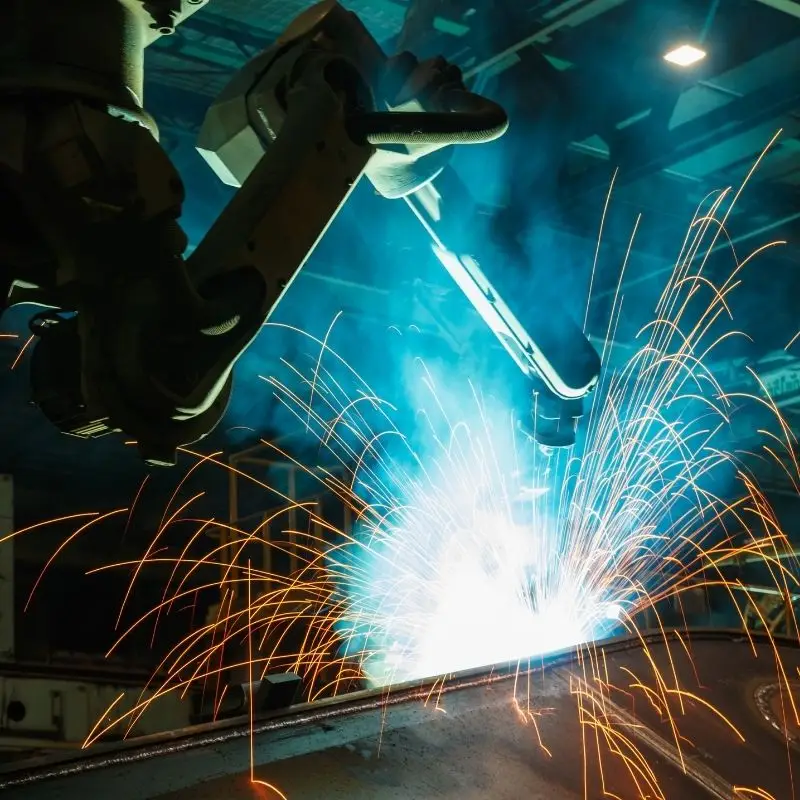
The main goal of any business is continual improvement and success. Increasing productivity efforts is the quickest way to accomplish both, considering you make more money based on your produce. For this reason, automation has taken over in many industries, including welding. This is how welding automation is bridging the skills gap.
What Is the Skills Gap & Why Is It Happening?
The “skill gap” is the difference between what job seekers have and what companies need. This creates a conundrum where organizations have an extensive application pool yet cannot recruit potential employees with the necessary knowledge and expertise.
Welder pay has risen as manufacturers compete for trained labor, yet many positions remain vacant. Two significant causes contribute to this situation: a shortage of competent candidates and an increase of retirees.
The newest labor generation is the most educated in US history, which is generally beneficial. But it means fewer young people are welding. Parents also believe that professions like welding and other heavy labor jobs are risky or cheap, and hence not worth exploring. This has shifted away from industrial occupations, despite the high pay and perks.
What Is Automation?
Welding automation is the use of technology that optimizes the welding operation. Hard automation refers to positioning devices that grasp and manage weldments. Automated welding is simply applying automation technology such as positioners, manipulators, and rotating rollers for welding purposes
Why Does Automation Work?
Consistency Is Key
Machines can manufacture better-quality products faster than humans, resulting in increased output and revenues. Less waste and more goods equate to better profits.
Cost-Effective
While purchasing and installing a machine may be initially costly, firms can save money over time. This makes the process more economical and eliminates worrying about employment expenses like wages, benefits, and continuing education.
Easily Adjustable
Human workers must invest time and energy into acquiring new skills and are destined to make mistakes that cost the organization money. Machines, on the other hand, do precisely what the programming says. Having the ability to store welding processes and parameters is maybe the most helpful feature.
That implies modifying a robot’s programming can change its duty without additional training. Many current welders have pre-programmed processes and settings that adjust automatically with little user involvement.
You can now see how welding automation is bridging the skills gap and why so many companies are going this route. SEC Industrial is more than ready to assist your welding business by providing top-of-the-line tools like the automatic pipe spool welding machine to ramp up your output. Don’t hesitate to contact us, because we will assist you every step of the way!